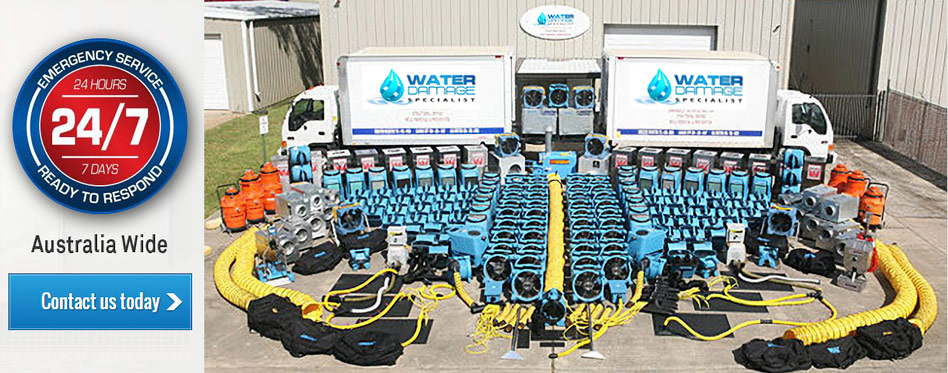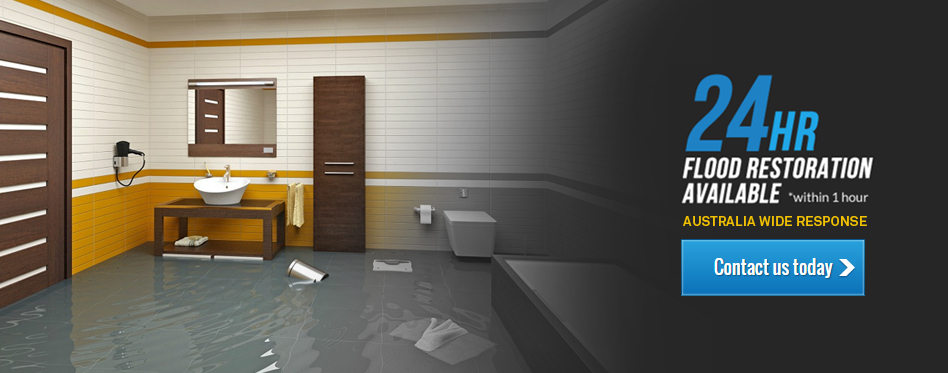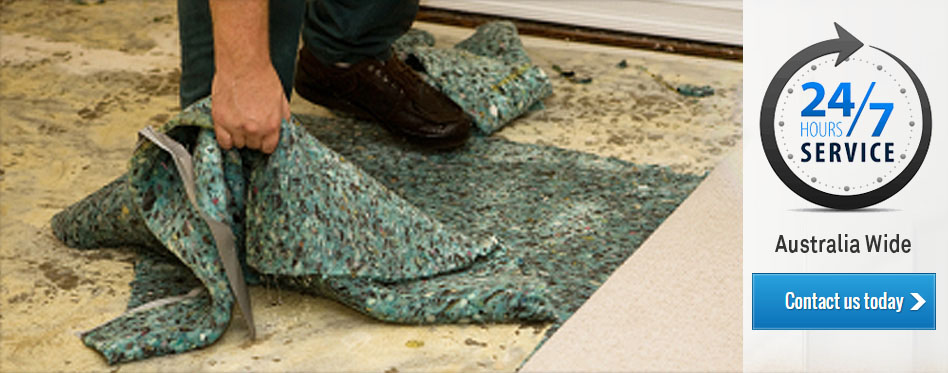Understanding the Environmental Impact on Water Damage in Homes
Assessing the Ecological Footprint: Unraveling the Environmental Ramifications of Water Damage within Residences
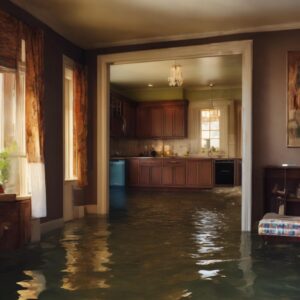 Water damage in homes extends far beyond being a mere household inconvenience; it’s a problem intricately connected to environmental dynamics that amplify its consequences. With the shifting climate and the uptick in extreme weather occurrences, comprehending the role of environmental factors in water damage becomes pivotal for minimizing risks and fortifying the protection of our homes.
Water damage in homes extends far beyond being a mere household inconvenience; it’s a problem intricately connected to environmental dynamics that amplify its consequences. With the shifting climate and the uptick in extreme weather occurrences, comprehending the role of environmental factors in water damage becomes pivotal for minimizing risks and fortifying the protection of our homes.
As climate patterns evolve, the frequency and intensity of extreme weather events escalate. This surge in climatic upheavals, from relentless storms to unprecedented floods, significantly heightens the vulnerability of our homes. Understanding how these environmental shifts directly contribute to water damage is akin to unlocking the key to preemptive actions that shield our living spaces from potential devastation.
Consider the far-reaching implications: elevated global temperatures intensify storms, amplifying rainfall and triggering flooding. When nature’s fury strikes, homes situated in vulnerable areas face infiltration from rising waters, seeping through foundations, infiltrating basements, and causing structural damage. The aftermath is often a devastating scenario of repairs, restoration, and emotional upheaval for affected homeowners.
Climate Change and Extreme Weather Events
The surge in both the frequency and ferocity of extreme weather occurrences significantly amplifies the likelihood of water damage infiltrating our homes. As temperatures soar, the stage is set for more turbulent storms – from tempestuous hurricanes to relentless cyclones and torrential downpours. The aftermath of these meteorological juggernauts often manifests as widespread flooding, overwhelmed sewage systems, and infrastructure left vulnerable and compromised.
It’s amidst this chaos that water finds its way into our homes, breaching defences and infiltrating basements, crawl spaces, and foundations. Yet, it’s not just the thunderous rains; the alarming rise in sea levels intensifies this peril, particularly for coastal regions. The resulting storm surges become a potent threat, heightening the risk of extensive property damage along vulnerable shorelines, and amplifying the anguish for those in the path of these natural onslaughts.
These cascading events underscore the urgency for robust measures in safeguarding our homes. Adapting to these changing climatic conditions demands proactive steps, such as fortifying homes with resilient construction materials, elevating structures in at-risk areas, and implementing effective drainage systems. By integrating these strategies, we can better shield our homes from the ravages of extreme weather events, securing not just our properties but also our peace of mind amid an increasingly turbulent climate.
Urbanization and Land Use
The sprawling nature of urbanization stands as a profound disruptor of natural landscapes, reshaping the very essence of how water interacts with the environment. Picture this transformation: the introduction of impermeable surfaces, such as sprawling pavements and towering buildings, fundamentally alters the natural course of water. Rather than seeping into the earth as intended, rainwater finds its passage obstructed, leading to increased surface runoff during storms. This surplus of water seeks pathways, often infiltrating unsuspecting spaces like basements, crawl spaces, and foundational structures within homes.
The consequence? Water damage becomes an unwelcome guest, ushering in structural concerns and dampening the sanctity of our living spaces. Compounding this issue are the detrimental practices in land management, which further exacerbate the problem by disrupting natural drainage systems. This disruption not only impedes water’s natural flow but also augments the probability of water accumulation in vulnerable areas, intensifying the risk of damage.
Deforestation and Soil Erosion
 The ramifications of deforestation reverberate across ecosystems, causing a ripple effect that deeply impacts water regulation. Picture this: the systematic depletion of forests disrupts the delicate balance of nature’s water-absorbing capacity. Trees, the unsung heroes of stability, possess an innate knack for stabilizing soil and curbing erosion. Their absence, however, unravels this balance, unleashing a surge in soil erosion that washes sediment into rivers and waterways.
The ramifications of deforestation reverberate across ecosystems, causing a ripple effect that deeply impacts water regulation. Picture this: the systematic depletion of forests disrupts the delicate balance of nature’s water-absorbing capacity. Trees, the unsung heroes of stability, possess an innate knack for stabilizing soil and curbing erosion. Their absence, however, unravels this balance, unleashing a surge in soil erosion that washes sediment into rivers and waterways.
As this sedimentation accumulates, water levels surge, setting the stage for potential flooding that encroaches upon neighbouring homes. Furthermore, the absence of dense vegetation strips away nature’s shield against water flow, amplifying the vulnerability of properties to water damage. It’s a sobering realization of how the loss of vegetation transcends mere landscape changes, directly impacting the safety and integrity of homes in the face of water-related perils.
Pollution and Water Quality
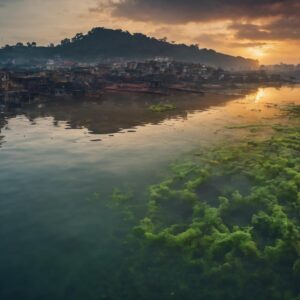 The pervasive influence of environmental pollution casts a long shadow on the quality of our water sources, setting the stage for potential exacerbation of water damage’s effects. Consider this: the influx of contaminants stemming from industrial waste, agricultural runoff, and negligent disposal practices permeate our water sources, compromising their purity and safety. When these pollutants infiltrate water reservoirs, they not only pose substantial health hazards but also augment the damage caused when water breaches the confines of our homes.
The pervasive influence of environmental pollution casts a long shadow on the quality of our water sources, setting the stage for potential exacerbation of water damage’s effects. Consider this: the influx of contaminants stemming from industrial waste, agricultural runoff, and negligent disposal practices permeate our water sources, compromising their purity and safety. When these pollutants infiltrate water reservoirs, they not only pose substantial health hazards but also augment the damage caused when water breaches the confines of our homes.
Picture the aftermath: pollutants mingling within the water that seep into our living spaces, culminating in heightened structural degradation and an amplified health risk due to exposure to harmful toxins. It’s a sobering realization of how environmental neglect catalyzes a domino effect, escalating the impact of water damage beyond mere structural concerns to encompass significant health implications.
The narrative of environmental pollution intertwines deeply with the perilous dance between water quality and its implications for residential sanctuaries. As contaminants seep into our water sources, the threat they pose to the structural integrity of homes becomes palpable, laying bare the intricate link between environmental stewardship and the safeguarding of our living spaces. Recognizing and addressing this nexus between pollution and water damage becomes not just an environmental mandate but a crucial stride toward fortifying our homes against the perils posed by compromised water quality.
Categories of Water Involved:
Understanding the categories of water involved in a water damage incident is crucial as they determine the level of contamination and associated health risks:- Clean Water (Category 1): This water originates from a sanitary source and poses minimal health risks initially. Examples include broken supply lines, sink or bathtub overflows, or rainwater. However, prolonged exposure or interaction with other materials can elevate contamination levels.
- Grey Water (Category 2): Grey water contains a level of contamination that may cause discomfort or illness if ingested or exposed to it. It often stems from sources like washing machines, dishwashers, or sump pump failures. Grey water may contain chemicals, microorganisms, or soaps, making it slightly more hazardous than clean water.
- Black Water (Category 3): This water is highly contaminated and poses significant health risks due to exposure to harmful bacteria, pathogens, and other contaminants. Black water typically originates from sewage backups, flooding from rivers or oceans, or stagnant water that has accumulated microbial growth. Handling and cleanup of black water require specialized equipment and protective gear due to its high health risks.
Solutions and Mitigation Strategies
Addressing the environmental factors contributing to water damage involves a multifaceted approach:- Incorporating Sustainable Urban Planning: involves promoting the use of environmentally-friendly solutions within cities. One key aspect is advocating for the adoption of green infrastructure, like permeable pavements and green roofs, which serve to effectively manage and reduce surface runoff. These initiatives not only enhance the urban landscape but also play a crucial role in mitigating the environmental impact of urban development.
- Encouraging Conservation and Reforestation: initiatives form a pivotal part of preserving our environment. By advocating for reforestation efforts, we aim to rejuvenate and rebuild natural drainage systems, fostering a healthier ecosystem. This proactive approach not only aids in the restoration of our green spaces but also acts as a protective measure against soil erosion, safeguarding the integrity of our land and promoting sustainable ecological balance.
- Enhancing Water Management and Tackling Pollution: demands a multifaceted approach. One crucial step involves the implementation of stricter regulations governing industrial and agricultural practices. These regulations are pivotal in minimizing water contamination, and ensuring that our water sources remain clean and safe. By enforcing these measures, we not only protect our water bodies but also prioritize the health of our ecosystems, promoting a sustainable balance between human activities and the environment.
- Creating Resilient Home Designs: stands as a cornerstone in mitigating the risks posed by natural disasters like floods. Investing in flood-resistant building materials and incorporating elevation strategies within vulnerable areas of homes significantly reduces the potential for water damage. These proactive measures not only fortify the structural integrity of residences but also contribute to fostering safer and more sustainable communities. By prioritizing such designs, we bolster our ability to withstand environmental challenges, ensuring the long-term durability and safety of our homes against the impacts of flooding and other water-related hazards.
Why Consistent Checks Matter:
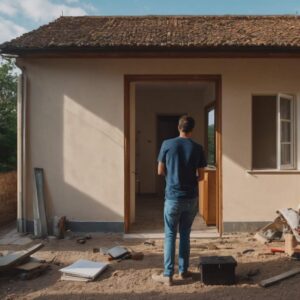 Water damage doesn’t always announce itself with a sudden flood; it often begins subtly, hiding behind walls or beneath floorboards. Undetected leaks can lead to mould growth, deteriorating wood, weakened foundations, and even electrical hazards. The longer these issues persist, the more extensive and costly the repairs become. Hence, a proactive approach through routine checks is key.
Water damage doesn’t always announce itself with a sudden flood; it often begins subtly, hiding behind walls or beneath floorboards. Undetected leaks can lead to mould growth, deteriorating wood, weakened foundations, and even electrical hazards. The longer these issues persist, the more extensive and costly the repairs become. Hence, a proactive approach through routine checks is key.
Key Areas to Monitor:
- Plumbing Fixtures: Inspect faucets, pipes under sinks, and around toilets for signs of leaks or moisture accumulation.
- Roof and Attic: Look for water stains or mould growth in the attic, as these could indicate a leaking roof.
- Basements and Crawl Spaces: Check for dampness, standing water, or discolouration on walls or floors.
- Appliances: Examine connections to dishwashers, washing machines, and refrigerators for potential leaks.
- Exterior: Assess the condition of exterior walls, windows, and doors for any gaps or cracks that could allow water intrusion.
Benefits of Regular Inspections:
- Early Detection: Catching water damage early prevents minor issues from snowballing into major problems.
- Cost Savings: Timely repairs are often less expensive than extensive structural fixes resulting from prolonged water damage.
- Health Protection: Preventing mould growth safeguards indoor air quality and protects against potential health hazards.
- Preserving Property Value: Maintaining a water-damage-free home helps retain its value and appeal in the real estate market.
Implementing a Routine:
Establishing a routine for comprehensive checks serves as a proactive shield against water damage. Ideally, these checks should be conducted twice a year, acting as preventive measures that thwart potential issues before they exacerbate. Additionally, after severe weather events, such as heavy storms or prolonged rains, conducting an immediate inspection becomes imperative. Take note of any alterations or potential signs of water damage during these checks. The subtlest changes, from water stains on walls to musty odours or unexpected spikes in water bills, can serve as early warning signs. Vigilance during these assessments empowers homeowners to identify concerns swiftly.
In conclusion, the environmental influence on water damage within homes is a multifaceted challenge sculpted by a myriad of interwoven factors. It’s not merely a matter of isolated incidents but rather a complex web spun by the convergence of climate shifts, urban development, deforestation, and environmental pollution. Recognizing the intricate interplay among these elements is pivotal in comprehending the depth of vulnerability our homes face in the wake of water-related perils. Yet, within this complexity lies an opportunity for proactive intervention. By embracing a comprehensive understanding of these dynamics, we unlock the potential to institute proactive measures. These initiatives stand as bulwarks against the onslaught of water damage, encompassing resilient home designs, sustainable urban planning, reforestation efforts, and stringent pollution control measures.
Ultimately, this proactive stance isn’t merely about fortifying our homes against immediate threats but charting a course toward a more sustainable and resilient future. It’s about acknowledging our responsibility in nurturing environments that not only shield our living spaces from harm but also contribute to the broader goal of environmental preservation. Through informed actions and collective efforts, we pave the way for a future where homes stand resilient against water-related perils while fostering a harmonious coexistence with our environment.
During water-related emergencies, selecting a Water Damage Specialist stands as a pivotal choice. Our seasoned team excels in drying saturated carpets, revitalizing water-damaged areas, eradicating mould, and managing flood cleanups, all while dedicating ourselves to delivering peace of mind and unparalleled service. Our foremost focus remains your safety and holistic welfare, guaranteeing efficacious remedies to combat water damage. Opting for our services transcends mere provider selection; it signifies an investment aimed at reinstating and elevating the integrity of your cherished property.
- Navigating Insurance Claims for Water or Flood Damage in Your Australian Home - December 5, 2023
- Understanding the Environmental Impact on Water Damage in Homes - November 27, 2023
- Navigating the Dynamics of Flood Zones in Melbourne: Understanding Risks, Impacts, and Resilience Efforts - November 24, 2023
